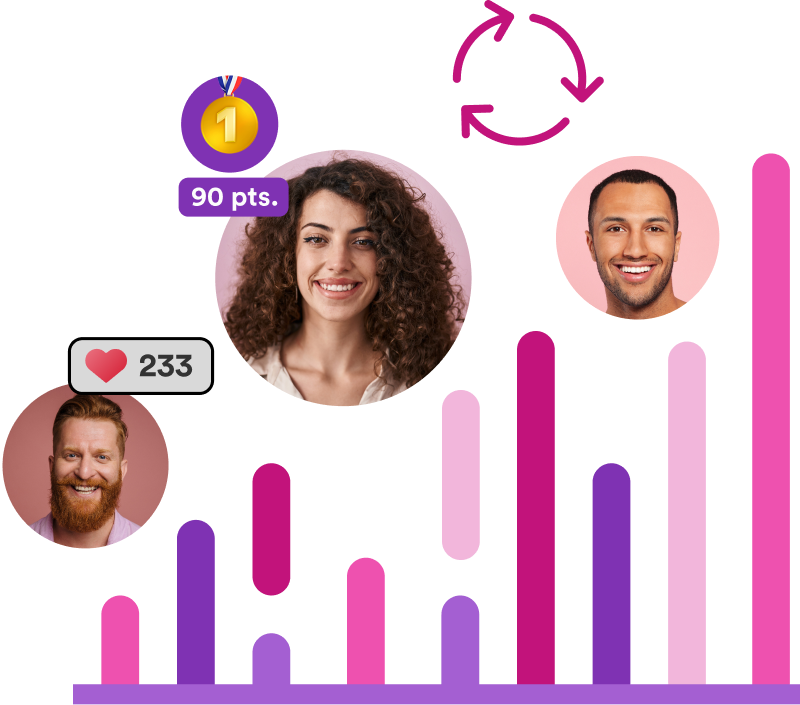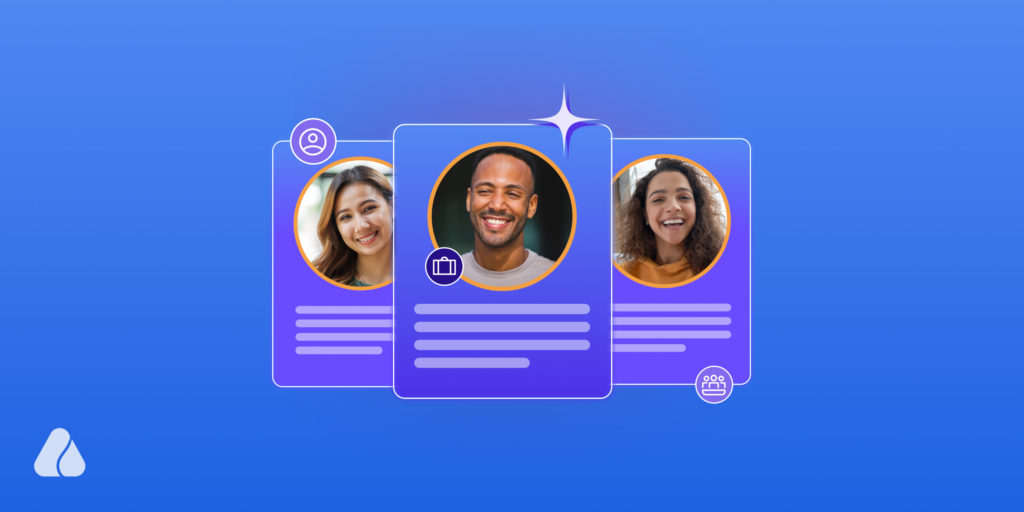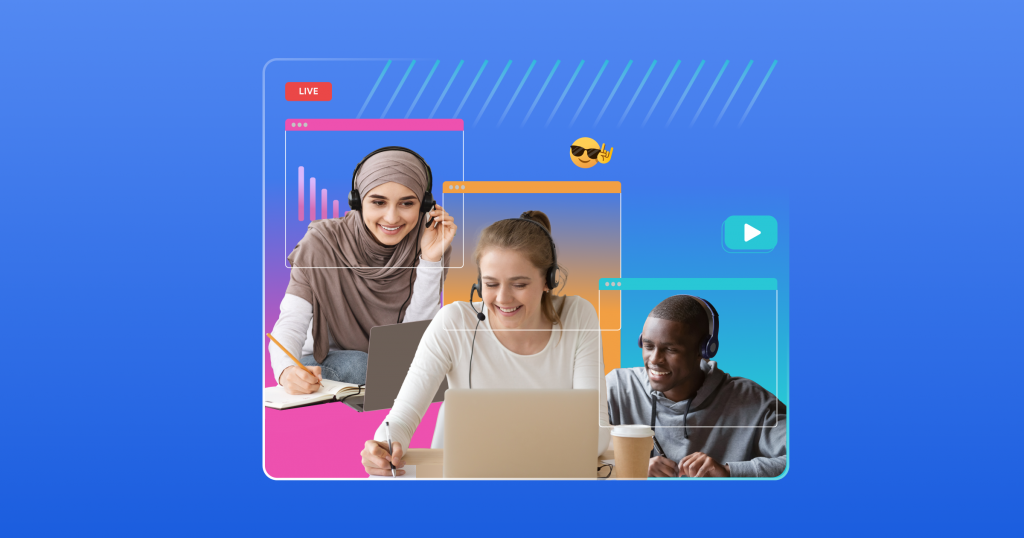The post-event period is just as important as the time before and during the event. It provides you a great opportunity to nurture leads, really feed your guests into the funnel, and broaden the event reach to the more potential customers. Sound good, right?
With the changing landscape of events in 2025, it’s more important than ever to have a comprehensive post-event playbook. So let’s take a look at how you can maximize your event’s impact in the days and weeks following the event.
1) Send an Email of Gratitude
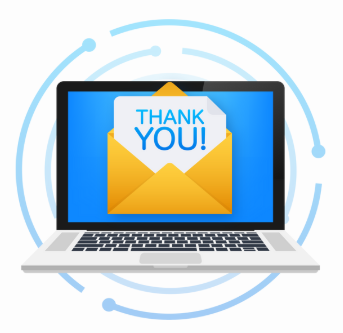
Express your sincere gratitude by sharing a thank you email to all participants, including attendees, speakers, and sponsors. It will help maintain a good relationship with everyone even after the event ends. In fact, your timely thank you message will leave a positive impression on event attendees. They will get the sense that you value their time and participation.
2) Collect Attendee Feedback

Gathering attendee feedback is a crucial part of understanding how your event went. You get to know not only the overall performance of the current event but also attendees’ expectations for future events.
For that, you will need post-event survey questions. A post-event survey is an extremely valuable tool to help you get a clear idea of what people liked, and didn’t like at your event. It typically consists of NPSs, Multiple-Choice, Yes/No, and Open-Ended Questions.
Here is a list of post-event survey questions that you can ask to event attendees
Start with quantitative questions. The most popular option is
Net Promoter Score(NPS)
- On a scale of 0 to 10, how likely are you to recommend our event to a friend or peer?
- On a scale of 1 to 5, how would you rate the overall quality of the event?
- How satisfied were you with the venue/virtual event technology and facilities? (scale of 1 to 5)
- How well did the event meet your expectations? (scale of 1 to 5)
- On a scale of 1 to 5, how would you rate your overall satisfaction with our event?
Yes/No Questions
- Would you want to attend this event again in the future?
- Did our event meet your expectations?
- Did you find the speakers knowledgeable?
Open-ended Questions
- What did you like most about this event?
- What, if anything, did you dislike about this event?
- What motivated you to attend our event?
Multiple-Choice Questions
- How did you hear about this event?
- What sessions did you most enjoy?
- What topics would you like to see more of at our next event?
3) Share Event Highlights

In order to put your event at the top of attendees’ minds, share key takeaways from the event with them. Try highlighting crucial movement and experiences that your audience enjoyed during the program, such as laughing with peers, questions asked to the speaker, and more.
Also, include major points, speaker quotes, and other details to let attendees remember the event’s centerpieces. When sharing the event summary, craft in a variety of formats, such as written summaries, video highlights, or even infographics, to better demonstrate the event’s essential movements.
You can also create an album with all the pictures and encourage your attendees to share their photos from the event on social media using a unique event hashtag. It will help increase your event visibility and organic reach through attendee-generated content, expanding your brand’s exposure to a wider audience.
4) Reach out to No-show Attendees
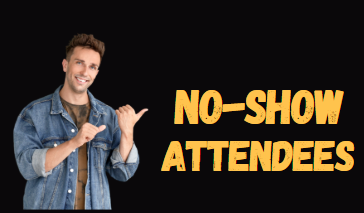
No-show attendees are individuals who registered for an event but did not attend. There are plenty of no-shows at events. They expressed interest by signing up for the event, yet they didn’t show up. There must have been a personal reason for their absence, so don’t ignore those registrants.
Send a “we missed you” email to no-show attendees. It will show them that you were looking forward to their presence and how much you missed them. Share the best parts of your event with them. Include photos, videos, and presentation slides from your event in the email you craft for them. No-show participants will get vital information they missed from your event, showing you value their time and efforts.
5) Update Event Page
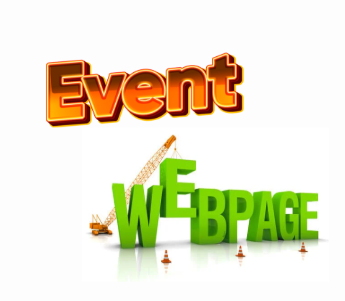
After the event ends, fill your event page with engaging images and videos that tell the story of the event. Show each part of the event, such as speakers’ presentations, Q&A sessions, game play, fun movements, etc. In addition to this, add quotes or video testimonials from attendees highlighting their positive experiences.
6) Create a Community Group
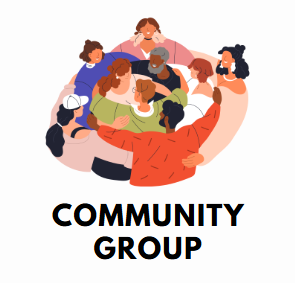
Community groups are a great way to increase continuous engagement. You can create Facebook groups, LinkedIn groups, or WhatsApp groups where attendees can connect, share resources, and continue to discuss topics covered in the event. When forming a community group, clearly define its purpose so that whatever people discuss in the group is relevant to the theme of the event.
Encourage group members to share their points and ask questions as well. Also, ask them to share useful resources or content if they found out. This approach will help create a collaborative environment, making the community group active in the long run.
7) Nurture Leads and Prospects
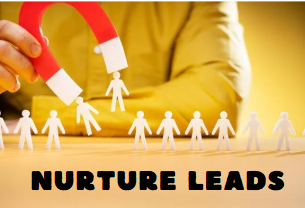
Nurturing leads and prospects after the event is critical to getting the most out of your investment. You need to take this step if you want to build and maintain relationships with attendees long after the event.
Deals rarely close during events. Attendees are busy watching sessions and participating in workshops. They don’t have much free time to talk to sales reps. That’s where your lead nurturing strategy comes in. You plan how and when to follow up on hot, warm, and cold leads. You just need some basic post-event engagement workflows to get started.
- Lead Scoring: Events generate a lot of leads — registrations, gated content, demos, and contact requests, the list goes on. You can’t ask sales to work on every lead at once. Instead, score leads a lot. (X points for registration, Y points for attendance, Z points for matching your ICP.) Set a threshold for marketing-qualified leads (MQLs) and convert all leads above the threshold to sales.
- Marketing-collected leads (MCLs): Most of your leads will fall below the MQL threshold. Even if they’re not ready to sell right now, they’re still valuable. Design a post-event engagement campaign based on your event content. Share snippets from popular discussions, follow-up blogs, and behind-the-scenes content.
- Marketing-Qualified Leads (MQLs): High-quality (or nurtured) leads are passed on to sales, where SDRs manage post-event engagement. They’ll initiate conversations, build relationships, and book meetings. Most sales teams will have their own outreach sequences, but make yourself a post-event promotion resource. Help them tie their outreach into your broader post-event marketing strategy.
8) Post-Event Social Media Plan

You spend a lot of time on social media to promote your event, so that attendees are attracted to come to the event, right? But what about your post-event social media strategy? This is a great opportunity to increase the impact of your event and reach new audiences with your content.
Here are some great ideas for post-event promotion:
- User-Generated Content: Search for hashtags and check-ins to find attendee content. With their permission, reshare it on your company’s or event’s social media. Not only do you get extra content for free, but you also build trust via social proof.
- Develop Zero-click Content: Turn your content confetti into native zero-click content. (Think native Facebook videos instead of a link to YouTube. Or a LinkedIn article rather than a link to a blog.) Let people relive your event wherever and whenever they want.
- Encourage Speakers, Sponsors, and Partners To Promote Event Content: Effective events thrive because they turn their partners into promoters. After your event, thank all of your external partners and provide them with ready-made content (pre-edited videos, photos, blogs, and so on) to post on their social media.
9) Plan Your Next Event
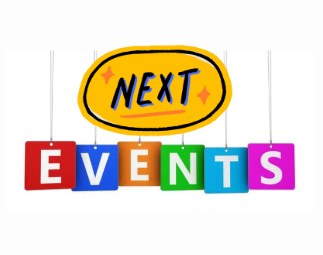
Old school events were big one-off splashes. Most event calendars had one huge conference or roadshow with a couple of webinars dotted around them. But times have changed. A modern event strategy — what we’re calling event-led growth — uses immersive and integrated events across the entire customer journey.
“An event is any moment when you bring people together,” explained Airmeet CMO Mark Kilens. “They’re thought leadership webinars and VIP events. They’re product workshops and annual conferences. And they’re product training sessions and self-directed user groups.”
If your most recent event was a on-page SEO webinar, then hold a next webinar on off-page SEO strategies to build a comprehensive understanding of search engine optimization. This allows you to build on the momentum, re-engage the audience, and retain them while the initial event’s memories are fresh in their minds.
10) Measure Event ROI
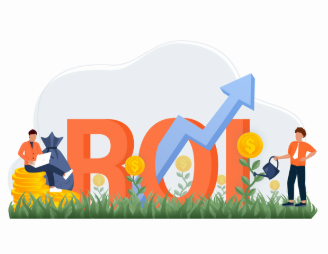
It’s time to measure the success of your event. Track key metrics such as leads generated, conversion rate, brand exposure, direct revenue, customer satisfaction and more. Additionally, assess the entire event costs, which include the venue, promotion, staff, technology, and other expenses. You will get to know whether the event meets their goals, the investment was worthwhile.
11) Repurpose Event Content
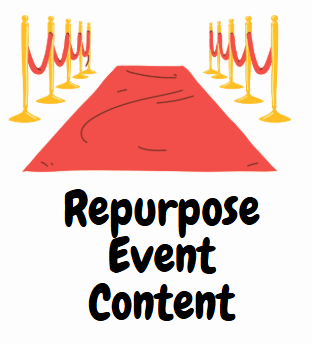
Events create a ton of content — everything from official session transcripts to informal conversations in breakout rooms. Start thinking about how to repackage, and reposition existing content elsewhere.
Repurposing event content wontt only extend its lifespan but also its value. It will help maximize the return on investment from the event too. Audiences can absorb the event information in a format they prefer, which will continue to engage them and generate leads long after the event is over.
Here are some ideas to reuse event content:
- Transform attendee comments into short-form social media posts
- Design an infographic from the best speaker quotes
- Share the best speaker snippets as audiograms
- Turn the most engaging session into blog posts
- Combine videos from speakers into a curated playlist
- Build a “roundup” podcast episode packed with the best clips
- Build a mini-email course with different micro-lessons from each session
Go Deeper Into Topics
All content should have a next step. After your event finishes, you can plot out those post-event follow-up assets, experiences, and events. Here are some ideas to get you started:
- Educational Content: Help attendees apply high-level concepts they learned about during your event. Create checklists, how-to guides, and step-by-step instructions. If a concept is super tricky, spin up a new training event.
- Matchmaker Networking: A lot of networking relies on chance, but after your event, you can be more strategic. Organize prospects into peer groups and arrange intimate networking events.
- Send Gifts to VIPs: Reinforce high-value relationships with gifts and exclusive event invites.
- Early Bird Tickets: With event-led growth, every event leads to another event. Maintain your momentum by offering early bird tickets to previous attendees.
Why is Post-Event Planning Important?
Post-event planning is critical to the long-term success for any organization. It allows you to analyze event data, measure ROI, gather attendee feedback and more. The key benefit of post-event planning is that it helps you know whether the event met its goal. It also gives an opportunity to asses the event’s success, its impact, and areas for improvements in future gatherings.
When you follow up with attendees after the event, you strengthen relationships, nurture leads, and boost continuous engagement with them. Events often generate valuable content, so you can repurpose it for marketing purposes, such as a blog post, social media post, podcast, & more, and extend your event reach beyond the physical audience.
Final Thoughts
Post-event playbook is a cornerstone of any event, whether it is a conference, webinar, or corporate program. A well-planned post-event strategy not only allows you to deepen your relationships with attendees but also make your event memorable for months or even years to come. From sharing the gratitude email and gathering attendee feedback to nurturing leads, measuring event ROI, and repurposing event content, every post-event plan will contribute to maximizing the event’s impact in 2025.
FAQ
Implement your post-event playbook immediately after the event. Send thank-you emails and feedback surveys within 24-hour window. Meanwhile, complete the rest of the post-event plan within a week or two.



